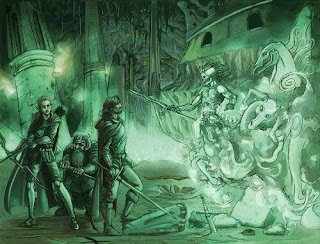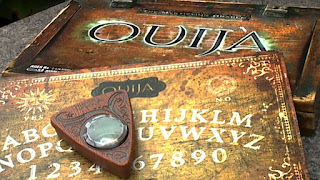Army_of_the_Dead

Army_of_the_Dead "The Dead are following," said Legolas. "I see shapes of Men and of horses, and pale banners like shreds of cloud, and spears like winter-thickets on a misty night. The Dead are following." "Yes, the Dead ride behind. They have been summoned," said Elladan. - The Return of the King, "The Passing of the Grey Company" also known as the Dead Men of Dunharrow or Oathbreakers, were Men of the White Mountains, cursed to remain in Middle-earth by Isildur after they abandoned their oath to aid him in the War of the Last Alliance. They haunted the caverns beneath the Dwimorberg, and the valley of Harrowdale that lay in its shadow, though they were said to appear in the valley only in times of trouble or death. They were led by the King of the Dead. Since the line of Isildur was thought to have ended, no one could call upon the Dead Army to aid them in their hours of need, as they would only answer to an Heir of...





